-
shop
Hardwoods
Composite & PVC
Thermally modified
Hardwoods
Composite & PVC
Thermally modified
-
GALLERY
-
RESOURCES
From material breakdowns to project tips and design trends, our blog is your go-to resource for making smart, lasting choices in outdoor construction, curated by the experts at Beyond Lumber.
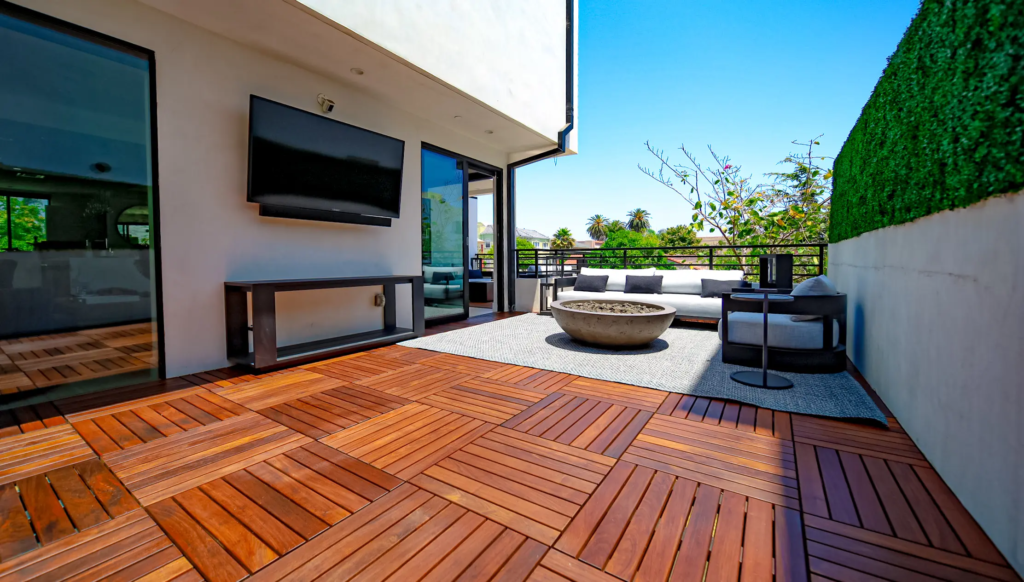
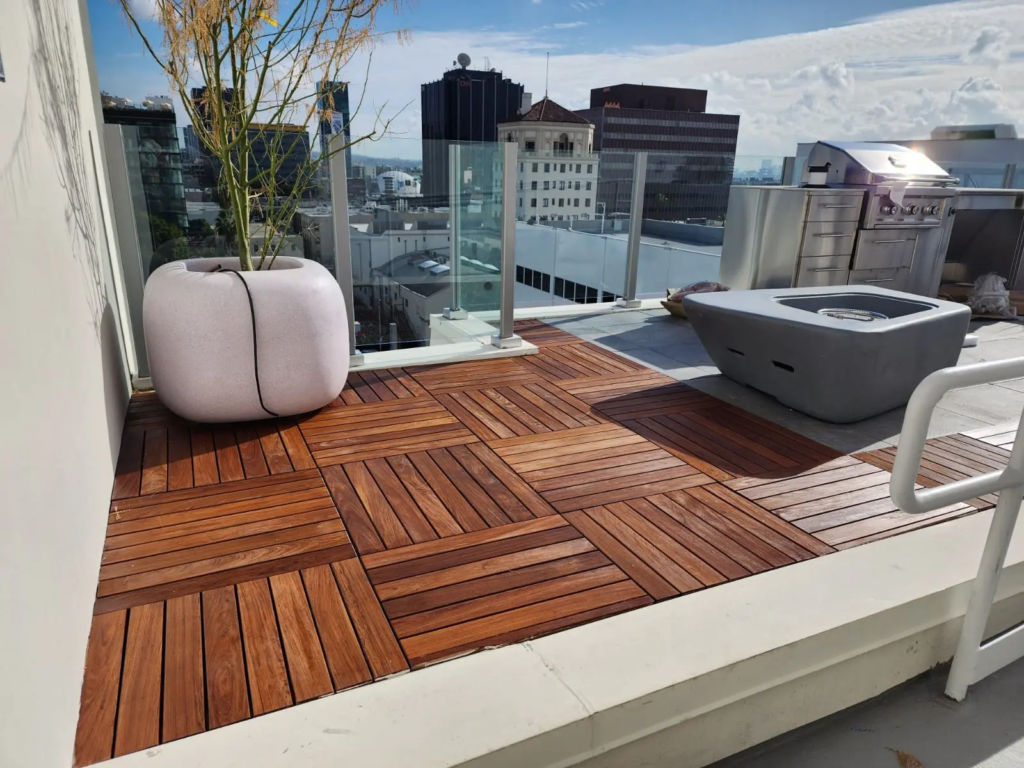
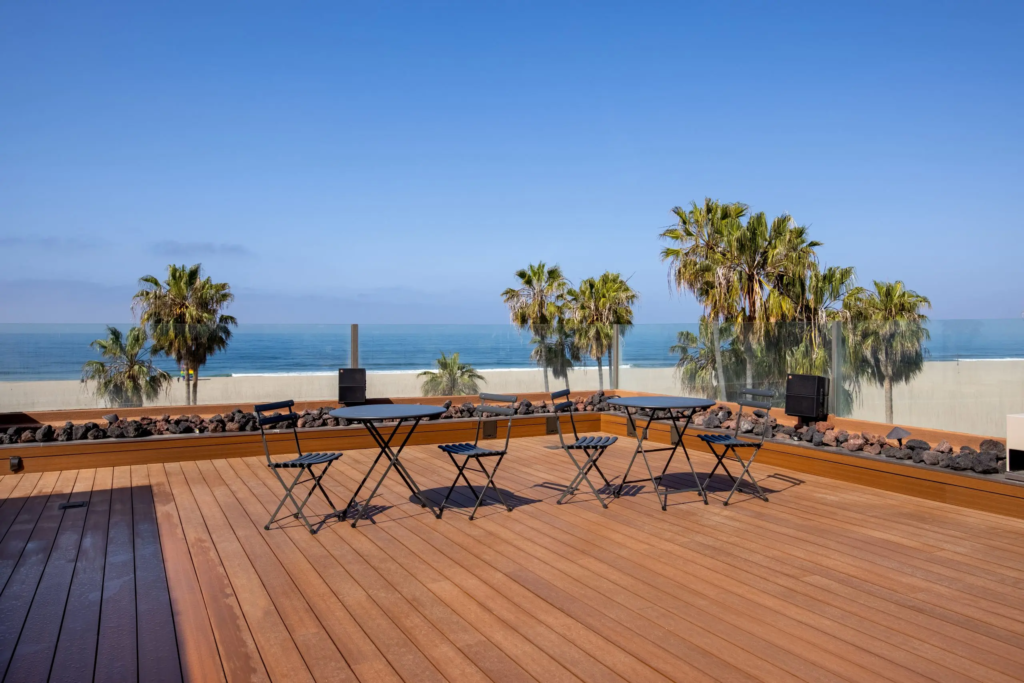
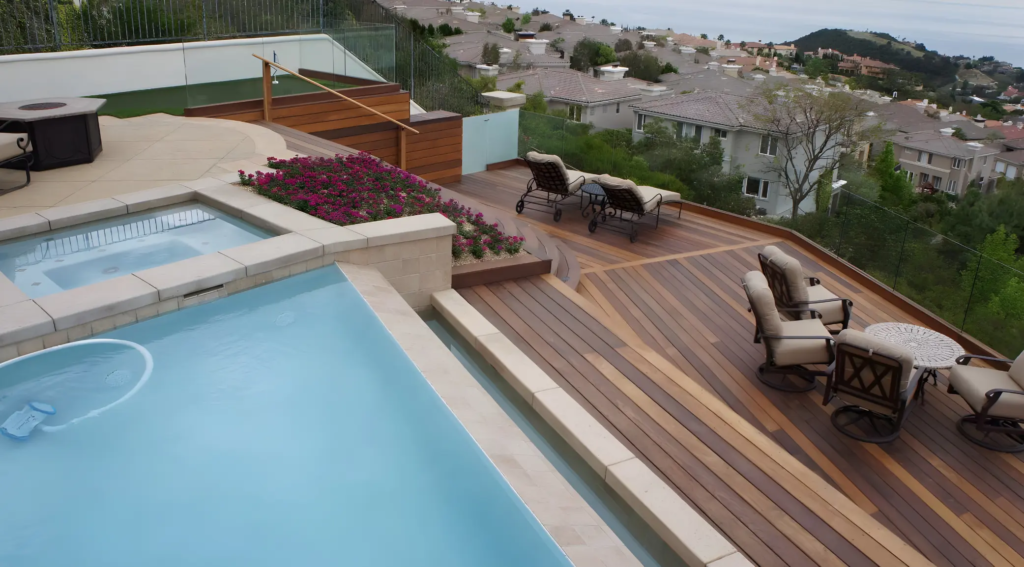
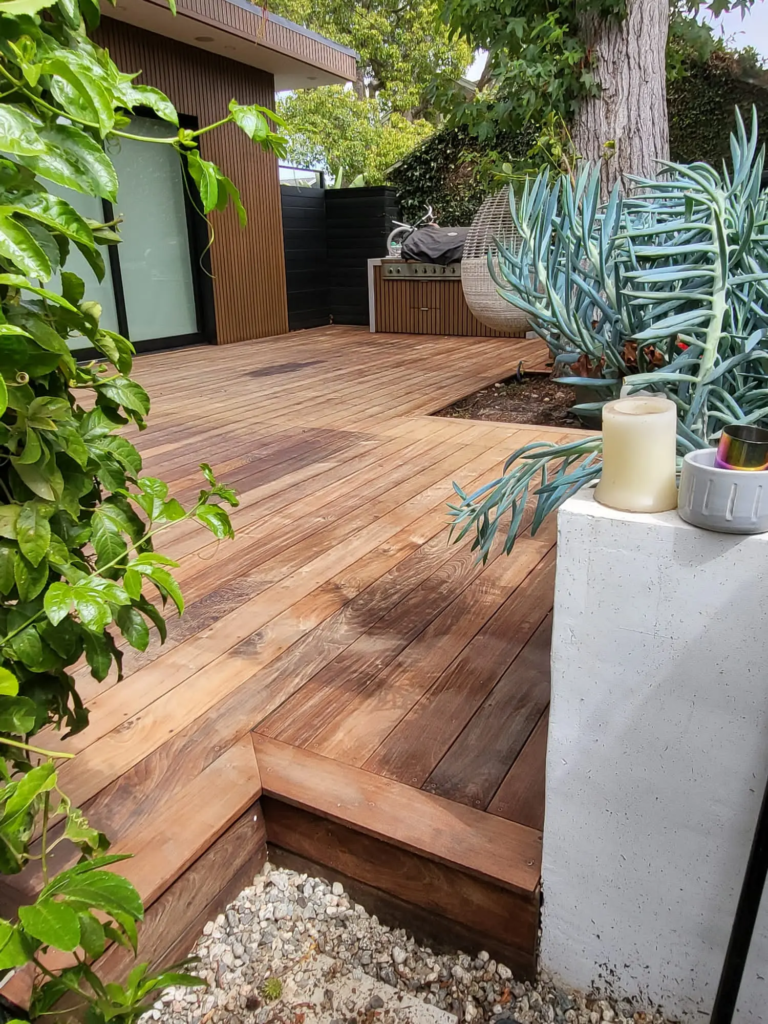
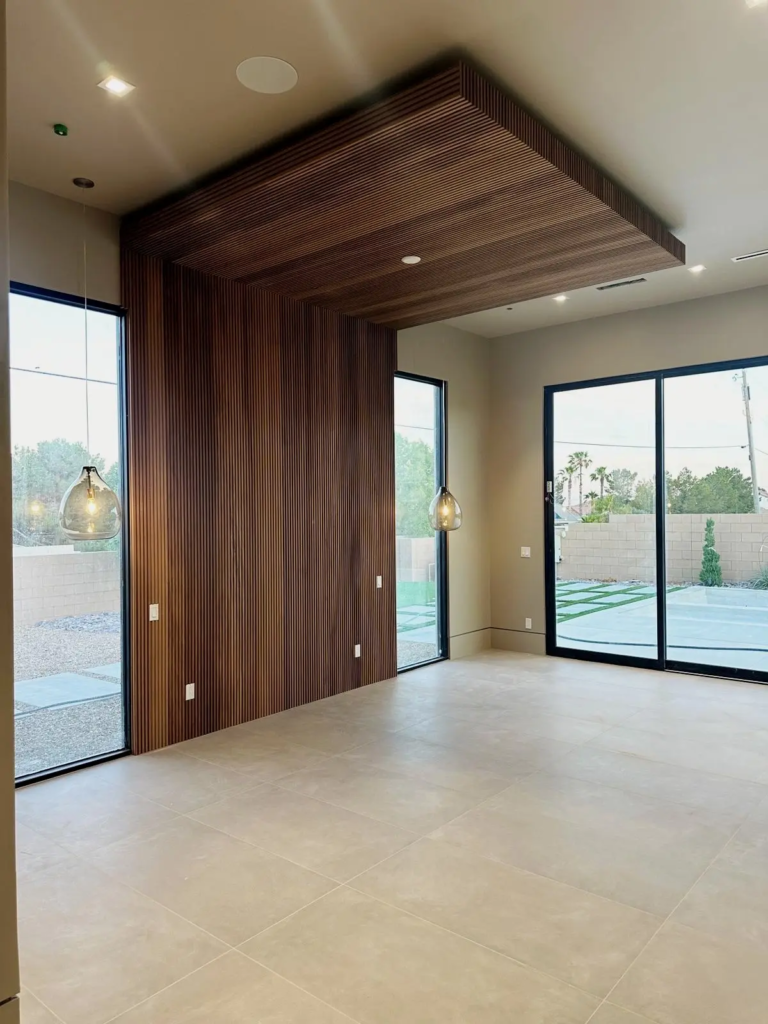
Contact Us: